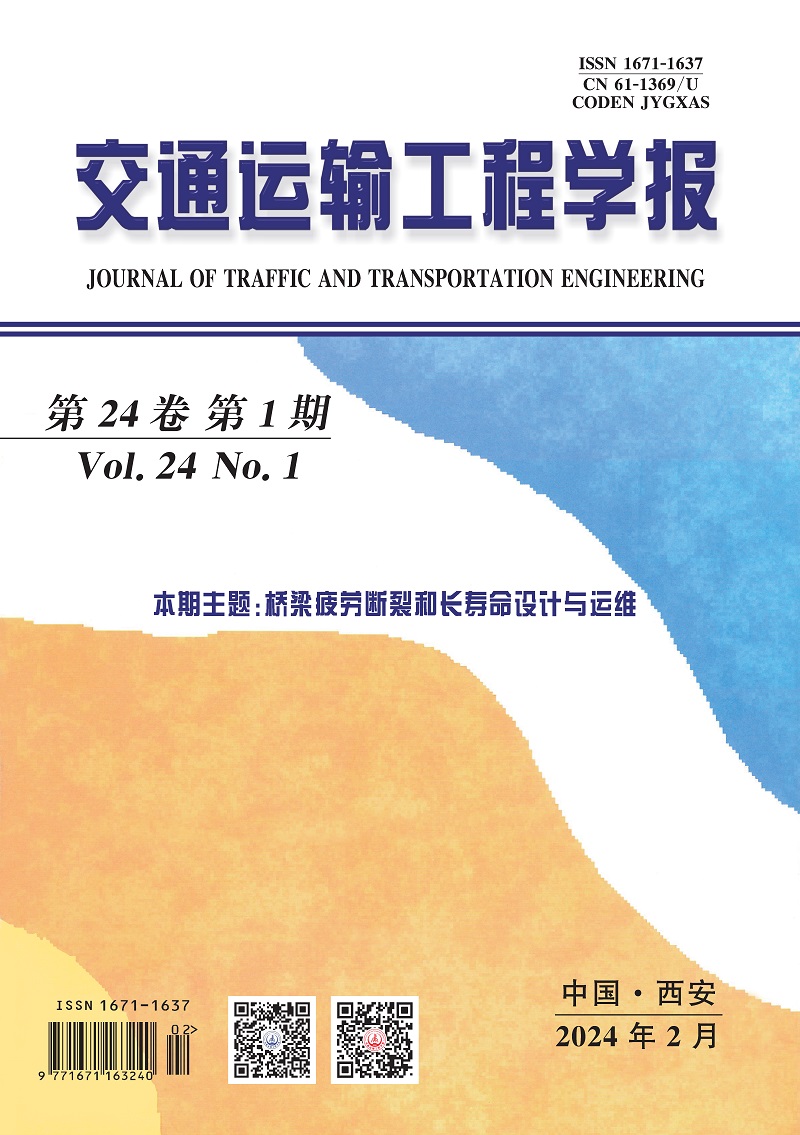2019 Vol. 19, No. 3
Display Method:
Rapid analysis method of weight-reduced orifice plate structure based on stiffness equivalence model
Abstract:
2019, 19(3): 89-99.
doi: 10.19818/j.cnki.1671-1637.2019.03.010




